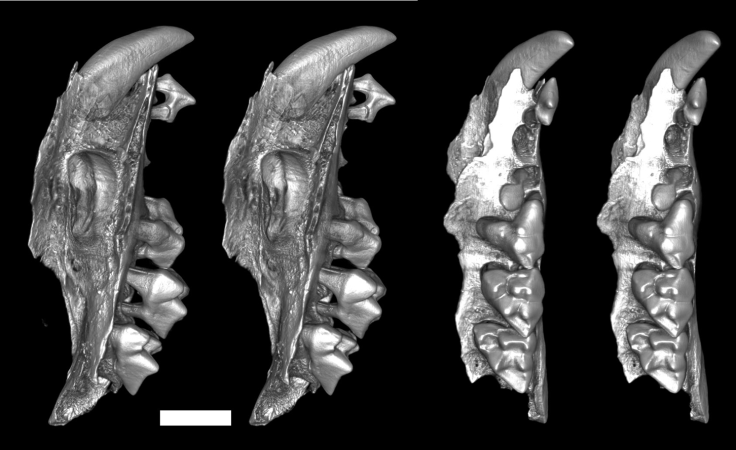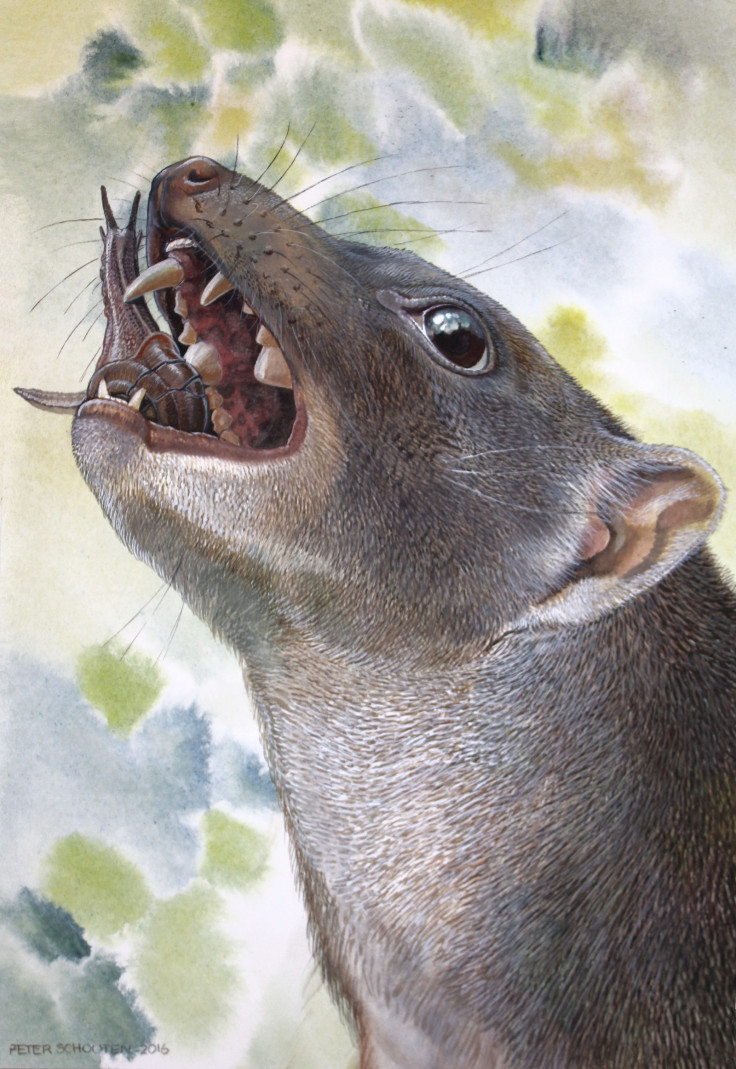Malleodectes mirabilis: Strange snail-eating marsupial existed in Australia 15 million years ago

Fifteen million years ago, a strange family of carnivorous marsupials lived in Australia, researchers have said. The species, which had never been discovered before, was identified in fossils recovered from the Riversleigh World Heritage Fossil Site in northern Queensland.
The study, published in Scientific Reports, described the unusual animal – known as Malleodectes mirabilis – suggesting it had a very peculiar diet.
"Malleodectes mirabilis was a bizarre mammal, as strange in its own way as a koala or kangaroo," says study lead author Mike Archer.
"Uniquely among mammals, it appears to have had an insatiable appetite for 'escargot' - snails in the whole shell. Its most striking feature was a huge, extremely powerful, hammer-like premolar that would have been able to crack and then crush the strongest snail shells in the forest".
Close to Tasmanian devils

Over the years, many isolated teeth and partial dentitions belonging to this group of animal have been recovered at the Riversleigh site – which spans the last 24 million years of Australian history – but a real study of the carnivorous marsupial was only made possible when the scientists uncovered a well-preserved portion of the skull of a juvenile.
It was found in a 15-million-year-old Middle Miocene cave deposit at Riversleigh.
Analysis of its dentition reveal its affiliation with marsupial carnivores. "Details of the canine, premolar and molar teeth of this specimen have enabled its relationships to other Australian marsupials to be determined with reasonable confidence," says Archer.
"Although it is very different from the others, it appears to have been related to the dasyures – marsupial carnivores such as Tasmanian Devils and the extinct Tasmanian Tigers that are unique to Australia and New Guinea."
However, the Marsupial's diet would have been constituted primarily from snails, in comparison to its distant relatives. A massive, shell-cracking premolar tooth is clearly visible in the remains found at the cave.
Why they disappeared
Malleodectes mirabilis is not the first strange long-gone animal discovered at the site. Other finds include the Thingodonta, which may have been a woodpecker-like marsupial, the Fangaro, a tusked kangaroo, and the Drop crocs, strange leopard-like crocodiles that may have been arboreal.
All of these species disappeared millions of years ago, long before humans appeared. The scientists believe this is due to a severe interval of climate change which transformed Australia's once widespread, animal-rich rainforests into the more open forests and grasslands of today.
© Copyright IBTimes 2025. All rights reserved.






















